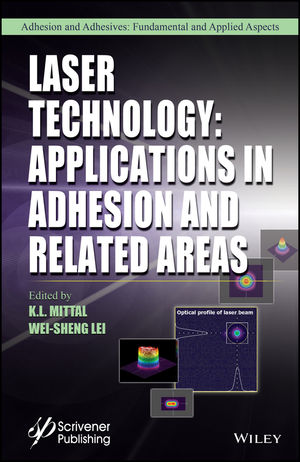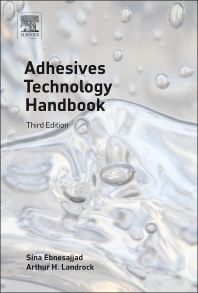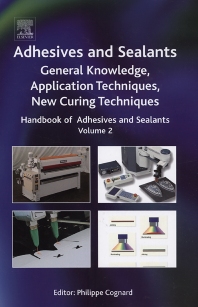Sticky Business: Magnetic Pollen Replicas Offer Multimodal Adhesion

ATLANTA - Researchers have created magnetic replicas of sunflower pollen grains using a wet-chemical, layer-by-layer process that applies highly conformal iron oxide coatings. The replicas possess natural adhesion properties inherited from the spiky pollen particles while gaining magnetic behavior, allowing for tailored adhesion to surfaces.
By taking advantage of the native pollen grain shape and a non-natural oxide chemistry, this work provides a unique demonstration of tunable, bio-enabled multimodal adhesion. The spikes inherited from the sunflower pollen provide short-range adhesion – over nanoscale distances – while the oxide chemistry provides an adhesion mode that operates over much longer distances – up to one millimeter.
The work was supported by the Air Force Office of Scientific Research, and has been accepted for publication in the journal Chemistry of Materials. A “just-accepted” version of the manuscript has appeared online.
“Pollen grains are inexpensive and sustainable templates that are readily available in large quantities,” said Ken Sandhage, a professor in the School of Materials Science and Engineering at the Georgia Institute of Technology. “Because pollen grains are already designed by nature for adhesion, we thought that it would be interesting to try to augment such natural behavior with an additional, non-natural mode of adhesion.”
Sandhage and graduate student Brandon Goodwin began by examining the microscopic shapes of several types of pollen – including ragweed, pecan and dandelion – before choosing particles from the sunflower (Helianthus annuus). The sunflower pollen grains are nearly spherical, but covered with spikes that can entangle with the hairs on bees’ legs, or adhere to surfaces via van der Waals forces at nanometer-scale distances, Sandhage explained.
The researchers washed the burr-like pollen particles with chloroform, methanol, hydrochloric acid and water to clean the surfaces and expose hydroxyl groups for chemically attaching their coating. They then applied iron oxide using an automated, layer-by-layer surface sol-gel process they had developed earlier for coating diatom shells made of silica. Reaction of the iron oxide precursor with the hydroxyl groups on the surface of the pollen particles resulted in a highly conformal coating.
The sol-gel process used alternating cycles of exposure to an iron (III) isopropoxide precursor solution and water to apply 30 thin layers of hematite (Fe2O3) onto the pollen. Heating the particles to 600 °C then burned out the organic material from the original pollen grains and crystallized the iron oxide, leaving hollow 3D particles. The shells were then heated again in a controlled oxygen atmosphere to convert the hematite into magnetite (Fe3O4), which is more strongly magnetic.
“We examined individual pollen grains before and after firing, and we could see that the shape and surface features were well preserved,” said Sandhage, who is the B. Mifflin Hood Professor in the School of Materials Science and Engineering. “The conformal nature of the coating process allowed us to generate ceramic replicas that retained even tiny surface features on the starting pollen grains.”
Graduate student Ismael Gomez and professor Carson Meredith, both from Georgia Tech’s School of Chemical and Biomolecular Engineering, then analyzed the adhesion properties of the magnetic pollen-shaped particles. Gomez and Meredith used an atomic force microscope (AFM) tip to press the replicas onto a variety of surfaces, then measured the force required to remove them from the surfaces. They studied replica pollen adhesion to polyvinyl alcohol, polyvinyl acetate, polystyrene, silicon, nickel and neodymium-iron-boron – and compared the adhesion properties to those of the original sunflower pollen grains.
“We found that we achieved multimodal adhesion by retaining short-range van der Waals attraction, as exhibited by the native pollen, and gaining magnetic adhesion,” Sandhage said.
The layer-by-layer nature of the coating process allowed for control of the amount of magnetic material and the magnetic properties of the pollen replicas. The researchers chose to apply 30 layers to achieve sufficient long-range magnetic behavior while retaining high aspect ratio, sharp spikes that provide for short-range van der Waals forces.
“Reproducibly generating large quantities of such cheap microparticles possessing high-aspect surface features over their entire particle surfaces would be quite challenging using synthetic top-down methods,” Sandhage said.
The Air Force Multidisciplinary University Research Initiative (MURI) that funded the work is aimed at both understanding adhesion in natural systems and controllably tailoring such adhesion. In future research supported by the MURI, Sandhage and Meredith plan to study other oxide materials and explore the variety of shapes available in pollen particles.
“Now that we know how to generate such particle replicas, there is certainly more chemical tailoring that we can explore for adhesion,” said Sandhage, who also holds an adjunct position in Georgia Tech’s School of Chemistry and Biochemistry. “Through the proper combination of pollen shape, synthetic chemistry and thermal treatments, we can significantly expand the range of properties of these pollen replicas.”
The research was supported by the U.S. Air Force Office of Scientific Research through award number FA9550-10-1-0555. Any conclusions are those of the authors and do not necessarily represent the official views of the U.S. Air Force.
CITATION: William Brandon Goodwin, Ismael J. Gomez, Carson Meredith and Kenneth H. Sandhage, “Conversion of Pollen Particles into Three-Dimensional Ceramic Replicas Tailored for Multimodal Adhesion.” (Chemistry of Materials, 2013): http:// dx.doi.org/10.1021/cm402226w
Looking for a reprint of this article?
From high-res PDFs to custom plaques, order your copy today!







